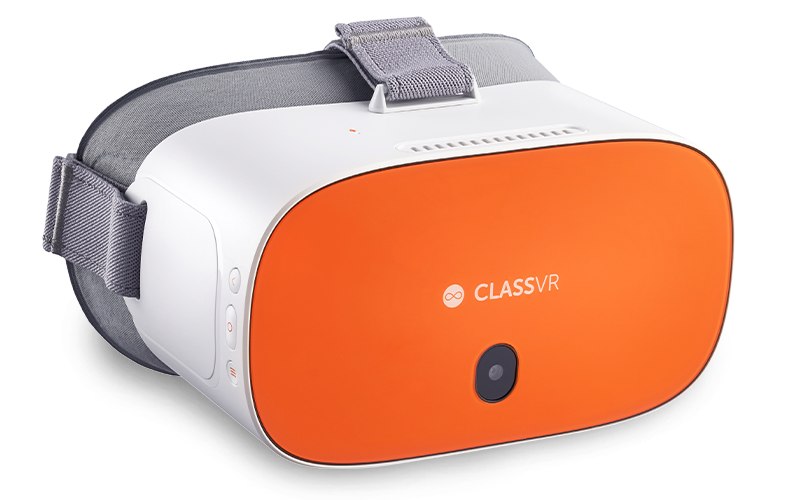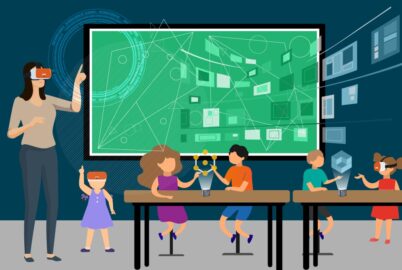Virtual reality. VR. The metaverse. It’s the hot topic that everyone’s talking about… but what is virtual reality?
To answer this question, we’ve put together a simple guide to get you up-to-speed on all things VR. This guide starts with the basics: what it is, why it’s so important, and later goes on to discuss how it’s transforming the world as we know it.

What is it? A Virtual Reality Definition
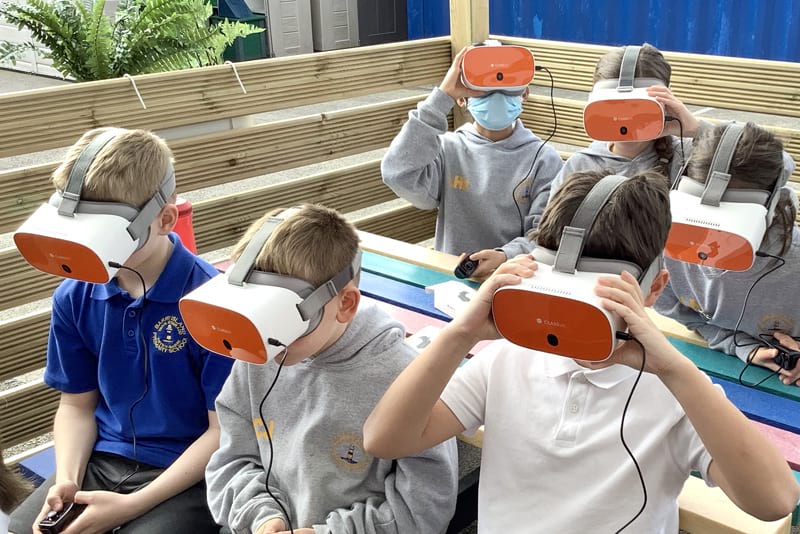
So, the big question. What is virtual reality?
The easiest way to explain virtual reality or “VR” is through your senses. Imagine you’re at the seaside. How do you know you’re by the ocean?
The answer is through using your senses. You can see the water, hear the waves, feel the sand…
Virtual reality works in exactly the same way! You’re presented with information that your senses tell your brain are reality. The only difference is that this information is provided through technology. So instead of standing on a real beach, you’ll see a 360-degree image or video of the ocean, hear a recording of the waves, and so on.
Often confused with augmented reality, where you view the real world with virtual objects enhanced onto it, virtual reality fully immerses you in computer-generated environments that feel like real life. You can see the virtual world, hear what it sounds like, and sometimes even smell, taste or touch it! To put it very literally, VR is a “virtual” version of “reality”.
The (Short) History of VR
Where did it all start? The forefather of today’s VR dates back to the 1950s. The man behind these original virtual reality inventions was Martin Heilig. He started by creating the ‘Sensorama’, a VR machine in the form of a booth that stimulated all the senses with video, audio, smells and even atmospheric effects like wind. Shortly after, he filed a patent for a head-mounted stereoscopic television device – the ‘Telesphere Mask’. While it never succeeded commercially, the Telesphere Mask was the first head-mounted display ever invented!
A few years later in 1968, Ivan Sutherland and Bob Sproull created the ‘Sword of Damocles’, which is believed to be the first head-mounted display that had motion-tracking – so the video would move as your head turned. An incredible step forward, but one downfall, it was so heavy it had to be suspended from the ceiling!
Over the next few decades, plenty of virtual reality devices were invented across a variety of industries including NASA and the military, until Jaron Lanier and Thomas Zimmerman founded VPL Research in 1994. Believed to be the first company to sell VR headsets and other products, VPL Research also coined the term ‘Virtual Reality’ for the first time.
Gaming companies like Sega and Nintendo then pushed VR forwards throughout the 1990s, creating arcade style virtual reality machines and headsets that were used around the world. Then in 2010, Palmer Luckey created a prototype VR headset that would change the future of VR. He called it the Oculus Rift. After a $2,437,429 Kickstarter campaign helped Oculus create two powerful, yet affordable, pre-production models for developers, Facebook bought the company for over $2 billion in 2014.
Virtual reality has continued to innovate and improve since then, with companies like Oculus, HTC and Sony putting gaming headsets into the hands of people across the globe, but it wasn’t until 2017 that ClassVR created the first VR solution designed specifically for schools.
How does the Technology Work? An Overview of Virtual Reality Technology
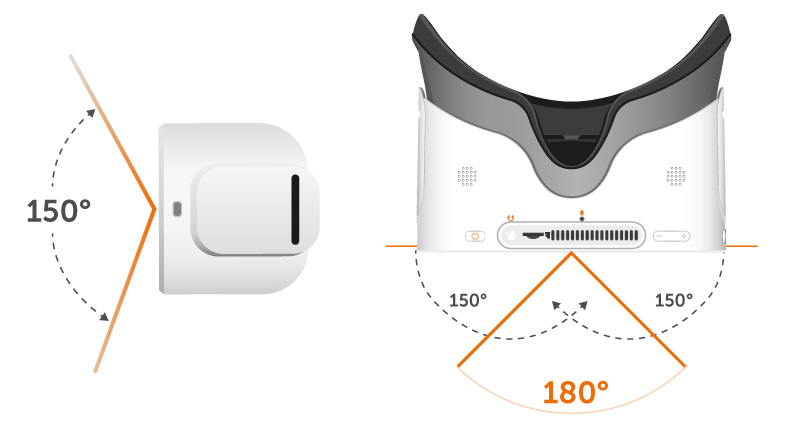
But how do virtual reality headsets actually work? There’s a lot of complex technology going on behind the scenes, so here’s a quick overview of everything you need to know about VR technology!
In current VR headsets you’ll now find two screens – one for each eye. Your vision from your left and right eyes overlap and there’s approximately a 114-degree arc that you can see with both eyes. Virtual reality headsets focus on this space to deliver their virtual environments – although no headset can accommodate the full natural field of vision… yet.
To really make you feel like you’re in the virtual environment, VR headsets also have gyroscopic sensors that work out how you’re moving and track those movements – letting you view and explore the 360-degree scenes. Add in spatial audio to create surround-sound, and this amazing technology FULLY immerses you in the virtual space!
Virtual reality technology has come a long way from the 1950s, and it’ll only continue to improve, innovate and grow. The journey has only just begun!
How is it used? Real Virtual Reality Examples
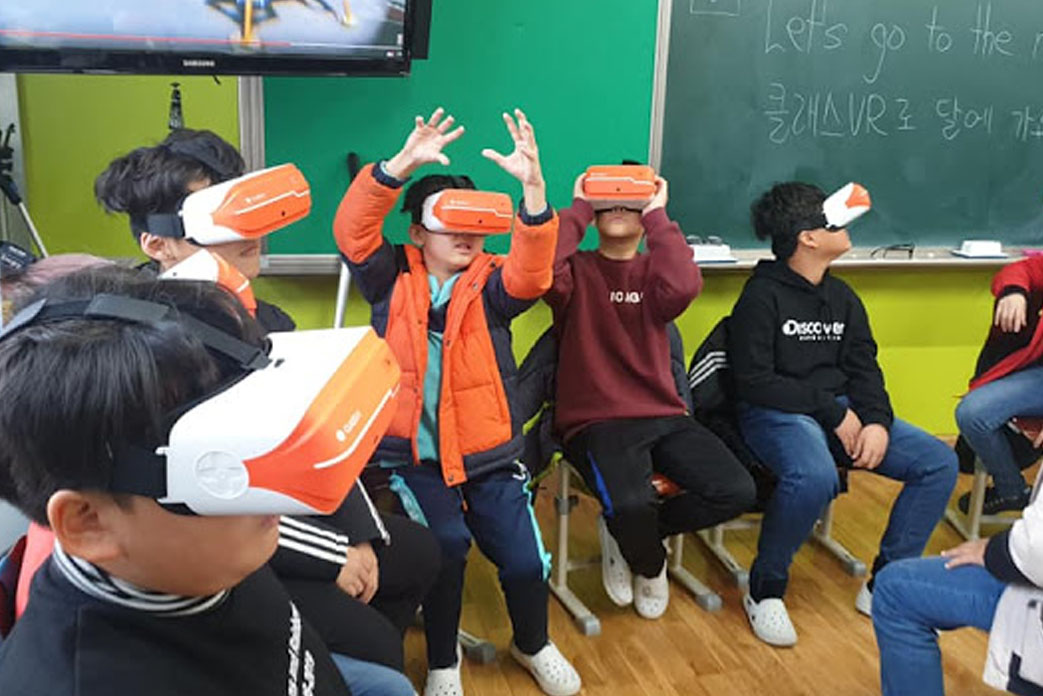
Today, 1 in 3 consumers now own a VR headset, but 3.7 bilion people worldwide are locked out of VR adoption. But despite this, virtual reality technology is used in many exciting ways. The ability to simulate and explore virtual environments means VR is used to improve processes across industries and countries. Education, healthcare, tourism, manufacturing, retail… the list goes on!
From teaching history lessons with virtual reality in the classroom to designing cars in the automotive industry, or even using virtual reality experiences to treat chronic pain in medicine, the impacts of VR are genuinely amazing. And the impact is only going to become more important as time goes on with the introduction of the metaverse!
Virtual Reality in Education
Virtual reality has the power to transform most industries, but research shows that the benefits of using virtual reality in education can be substantial, from boosting engagement and improving knowledge retention to transforming student learning outcomes.
Traditionally, students learning in schools, colleges or universities has been confined to the classroom, with the occasional field trip or visit. However, when using EdTech such as VR as a tool to deliver immersive learning, schools can open a world of educational opportunities. With a VR solution like ClassVR in their smart classroom, designed specifically for schools, teachers can offer immersive, engaging and even impossible learning experiences for their students, all from the safety of the classroom!
Can you imagine swimming with sharks, walking on the moon and stepping into fairy tales when you were in school? It’s all possible with virtual reality, and millions of students around the world are experiencing this today!
What Types of Virtual Reality Headsets are Available?
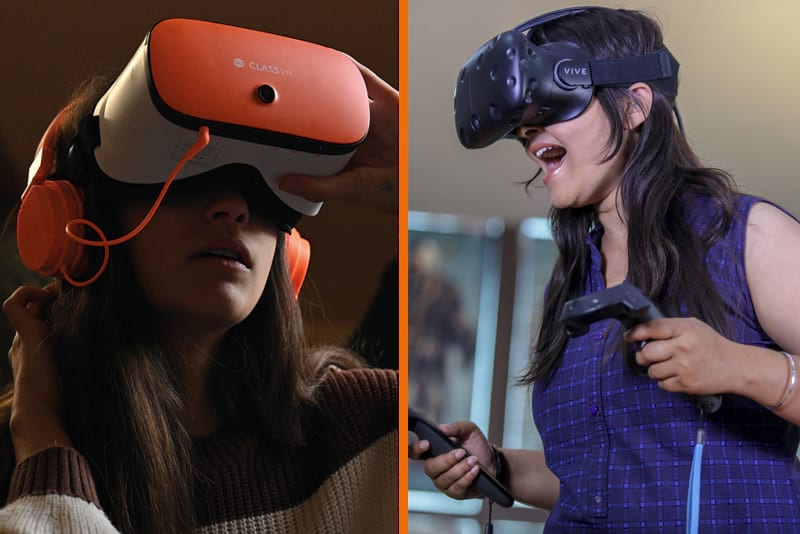
Now for the most important part of virtual reality… the VR headsets! VR headsets come in all shapes and sizes, but all share one thing: they fully immerse you in a virtual experience and make VR possible.
There are MANY different types of virtual reality headsets, so we’re going to stick to the two main types for this blog:
All-in-One VR headsets
Otherwise known as standalone headsets, these are the easiest way to experience and control virtual reality. All-in-one headsets don’t need to be connected to a computer, a smartphone, or have a constant Wi-Fi connection. All you need is the headset, as the name suggests! This includes all the technology, graphics and controls you need for fully immersive, engaging VR experiences. Simply charge the battery, turn it on, and you’re ready to start exploring.
ClassVR headsets are one example of all-in-one virtual reality devices. With everything fully integrated into the headset, teachers can deliver VR lessons without needing a powerful PC or an IT expert on standby. Content can be stored and explored on the ClassVR headsets, and new VR experiences are easily uploaded using the simple ‘drag and drop’ system on your web browser. Your class can then independently immerse themselves in virtual reality lessons, while the teacher monitors and controls their progress directly from the ClassVR Portal!
PC VR headsets
At the top end of virtual reality, you’ve got PC VR headsets. These are high performance devices that are usually tethered to a computer.
With detailed graphics and powerful processors, PC VR headsets provide high-quality virtual reality experiences. However, it’s not all great. These devices need to be connected to a powerful PC to work, and the devices themselves are often costly.
PC VR headsets are typically designed for and used by gamers. Users can immerse themselves in a fantasy world and experience it in extremely high definition, making them feel like the virtual world is reality!
While perfect for gaming, the high costs, lack of mobility and complex technology mean PC VR headsets are less suited to industries like education, where the focus is on easy-to-use virtual reality devices. Here, standalone VR headsets come into their own – letting teachers immerse their students in VR lessons while controlling and monitoring their progress every step of the way.
That’s is, that’s your quick guide on virtual reality. You should now be able to answer “what is virtual reality” with confidence!
Implementing virtual reality in schools with ClassVR
If you’re interested to learn more about virtual reality for schools and ClassVR – the world’s most awarded VR classroom technology, book a demonstration and experience it for yourself today.
Follow us on Twitter, Facebook, LinkedIn and Instagram to keep up-to-date with the latest VR in education news!
